
The Terracotta Army in the mausoleum of Qin Shi Huang, discovered in 1974 after more than 2,000 years underground, is the most important archaeological discovery of the 20th century.
In March 1974, a farmer in Xiyang Village, Lishan District, Xi'an City, Shaanxi Province, China While working in the fields, he discovered several broken life-sized terracotta statues and reported them to the local authorities. Immediately, the work of checking and excavating the pit of terracotta statues was deployed.
In April 1979, the Qin Shi Huang Terracotta Museum was officially inaugurated. This is a world- famous large archaeological site museum, displaying nearly 8,000 terracotta statues, tens of thousands of weapons and other artifacts excavated in 3 archaeological pits.



Archaeological pit No. 1, 230m long, 62m wide, 4.5-6.5m deep, area about 14,260m 2 . Based on the density of the excavated terracotta statues and horses, archaeologists predict that archaeological pit No. 1 buried about 6,000 terracotta soldier and horse statues, in addition to many other types of bronze weapons. Archaeological pit No. 1 is considered as the soldiers' barracks.




Archaeological pit No. 2, 124m long, 98m wide, 5m deep, with an area of about 6,000m2 , is estimated to have about 1,300 terracotta soldier and horse statues here. The artifacts in pit No. 2 are more abundant, with more types of terracotta soldier statues than pit No. 1, and are considered to be the place where the most quintessential archaeological pits are concentrated, such as corridors connecting areas, stables, chariots, etc.




Archaeological pit No. 3 is the smallest in scale, 28.8m long, 24.57m wide, 5.2-5.4m deep, with an area of about 520m2 , burying 72 terracotta soldier and horse statues. Scholars believe that these are all statues of commanding generals. This area can be considered the command barracks of the terracotta army.

During the excavation, archaeologists discovered that these terracotta statues, when buried, were all colored with more than 10 different colors such as bright red, light blue, and brick red. However, after 2,000 years of being buried underground, the layers of color on these terracotta statues began to oxidize and change immediately after 15 seconds of being excavated, and the layers of color also quickly peeled off and faded after only 4 minutes, leaving only the gray mud layer as it is today.
In 2023, archaeologists announced the results of the third excavation at archaeological pit No. 1, discovering more than 200 statues, gradually clarifying the rules for arranging the soldier statues and the statue making process. 2024 marks the 50th anniversary of the discovery of the terracotta statues at the tomb of Qin Shi Huang. Over the past half century, the excavation, conservation and research of terracotta statues have been ongoing and have achieved many important results, gradually deciphering the historical mysteries of more than 2,000 years ago.



According to Chinese archaeologists, the terracotta army is an important part of the mausoleum complex of Qin Shi Huang, the first emperor who unified China, opening a period of centralized feudalism that lasted for thousands of years. With the concept of "death is like life", the mausoleum of Qin Shi Huang was built on a large scale with full palaces and decorative items as when the king was alive. In particular, the terracotta army represents the image of generals and soldiers guarding the capital, protecting the king's safety.
The Qin Shi Huang Terracotta Museum is a treasure trove of cultural, artistic, and scientific values of the Qin Dynasty, and is known as the "eighth wonder of the world". In 1987, UNESCO recognized the Qin Shi Huang Mausoleum as a world heritage site.
The discovery of the terracotta statues has turned this rural village into a world-famous tourist destination. To date, the Qin Shi Huang Mausoleum Museum has attracted more than 160 million domestic and international visitors, including more than 11 million visitors in 2023, a record number since the museum opened.
Source: https://baolangson.vn/kham-pha-bi-mat-dang-sau-doi-quan-dat-nung-trong-lang-mo-tan-thuy-hoang-5021500.html



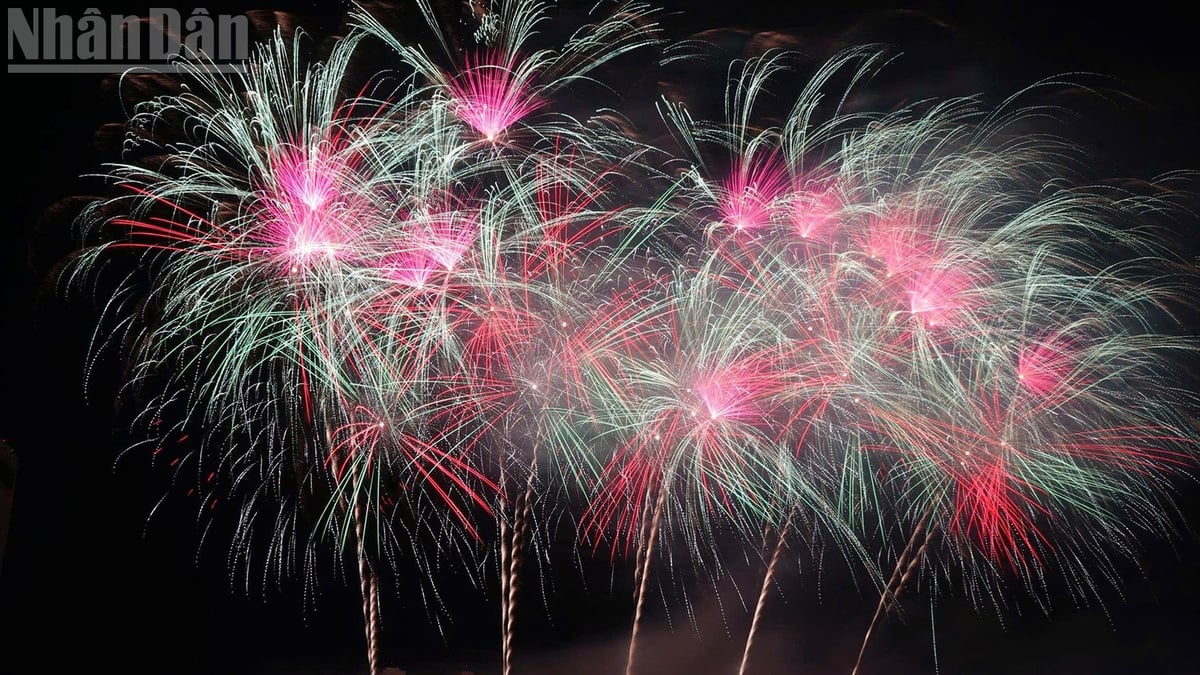


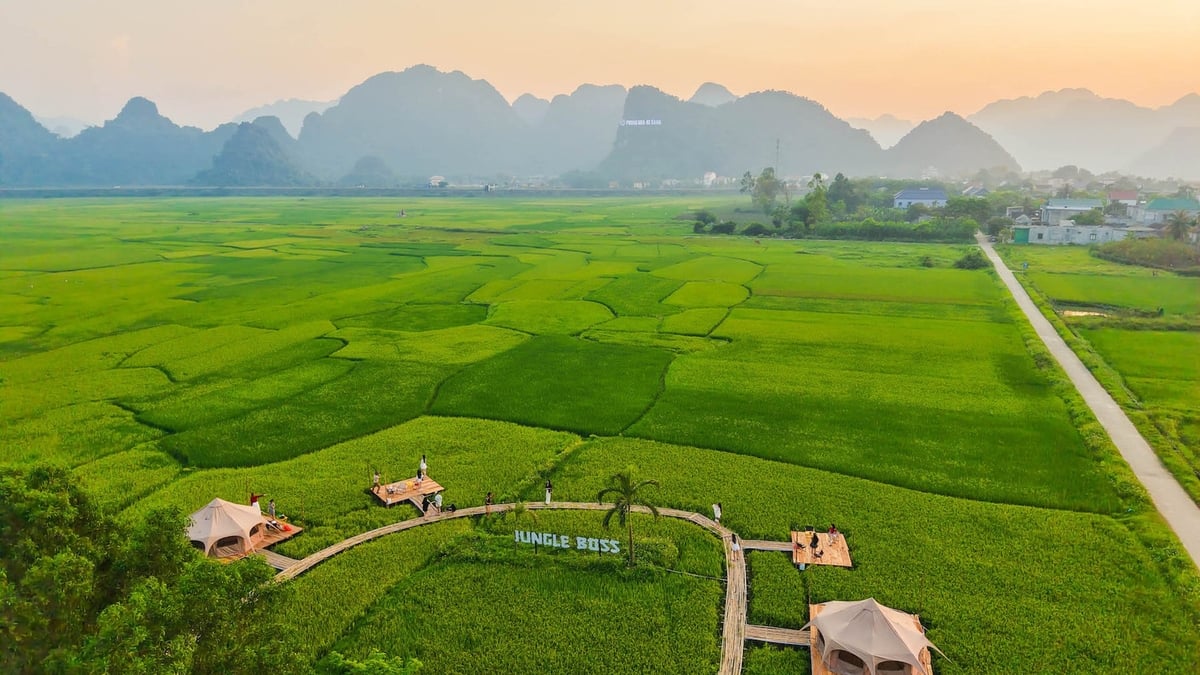
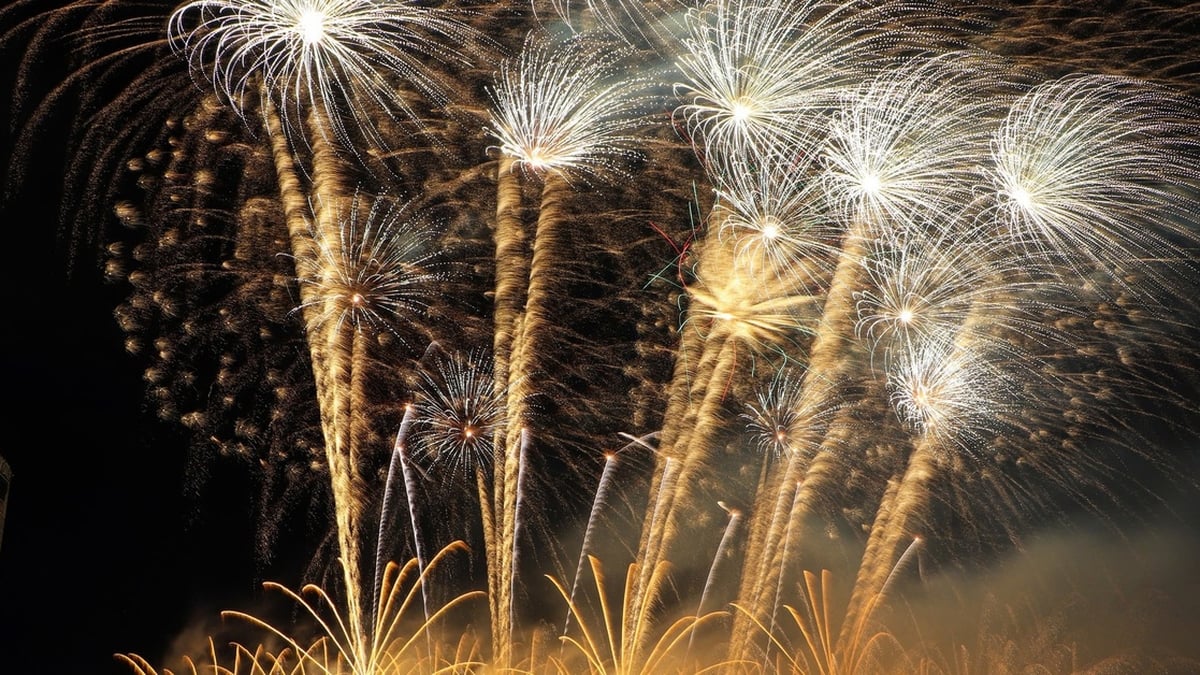


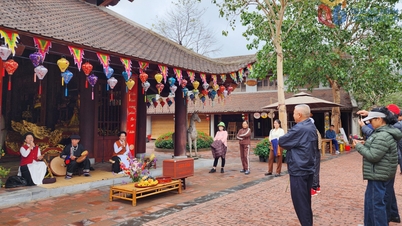
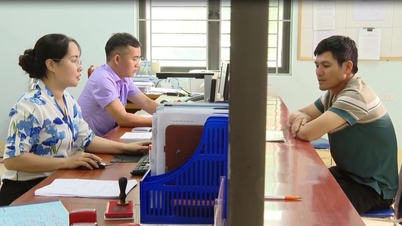
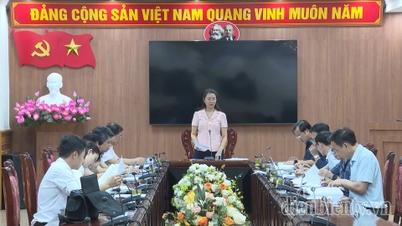




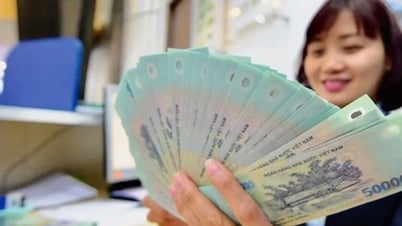
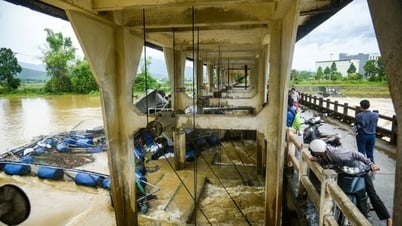



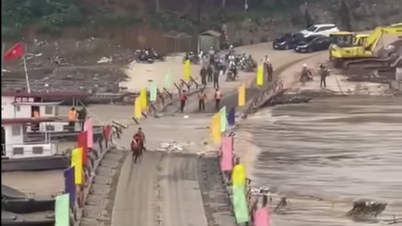






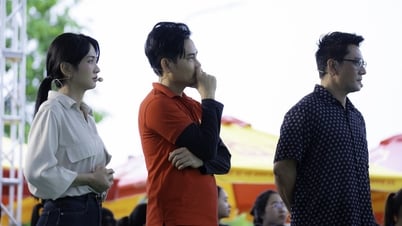
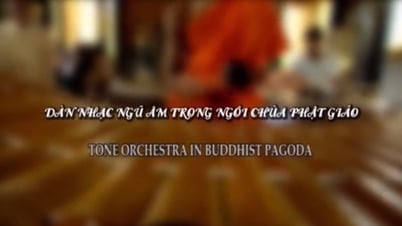


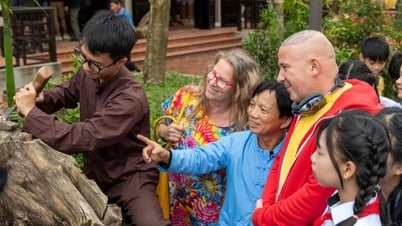




























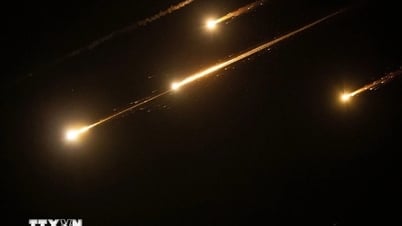

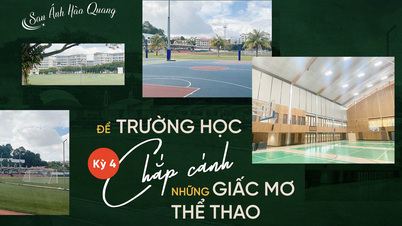














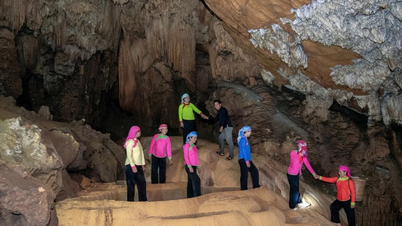



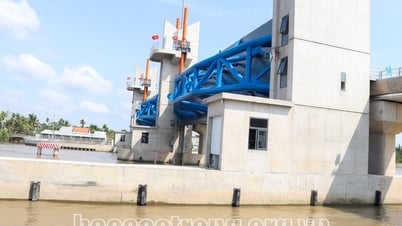

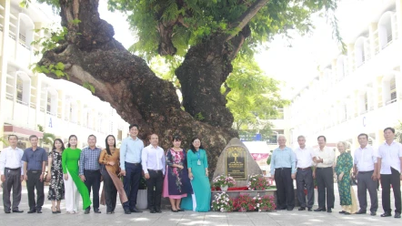


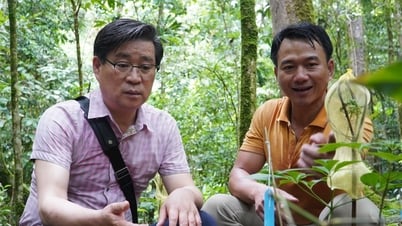















Comment (0)